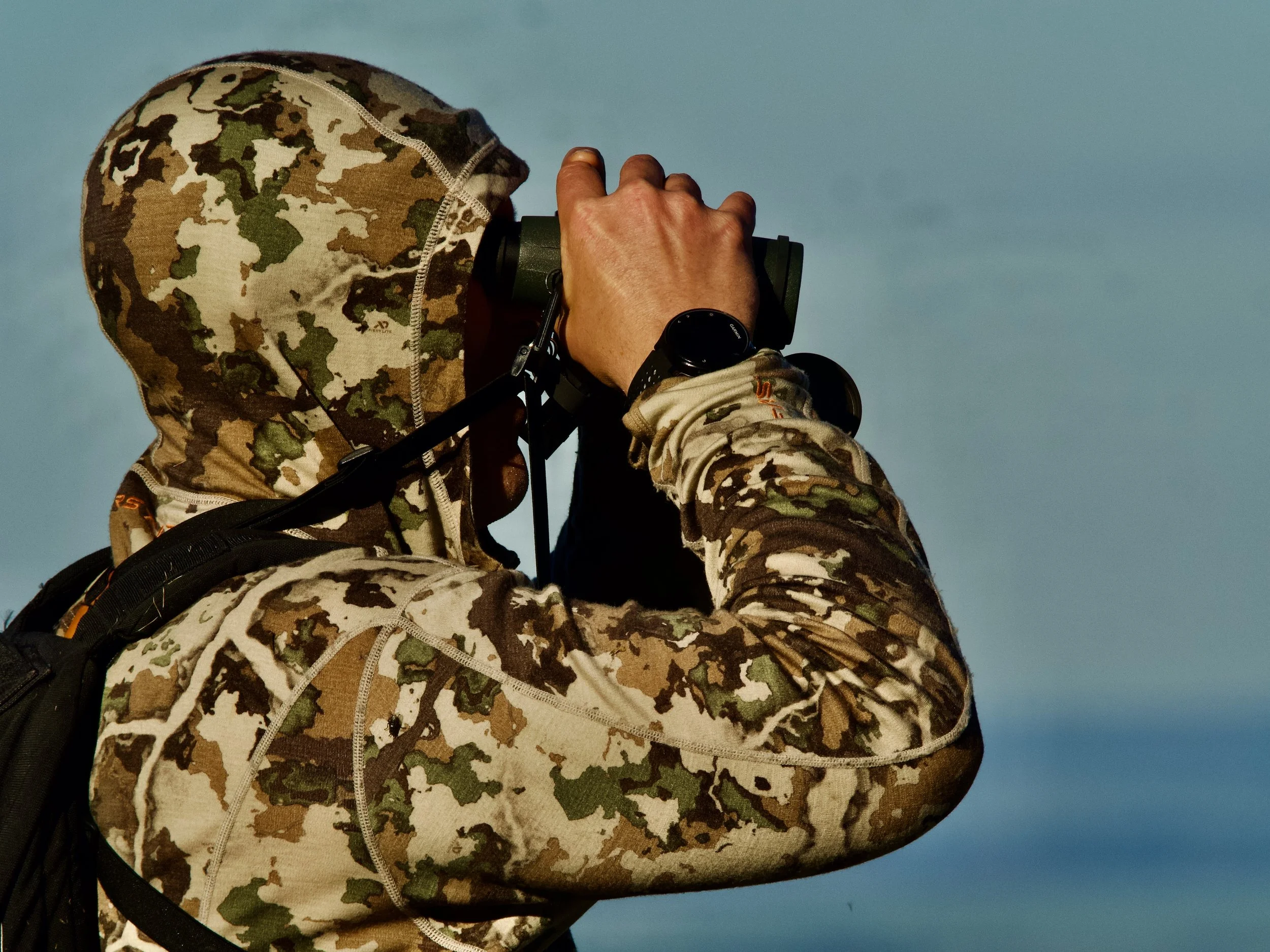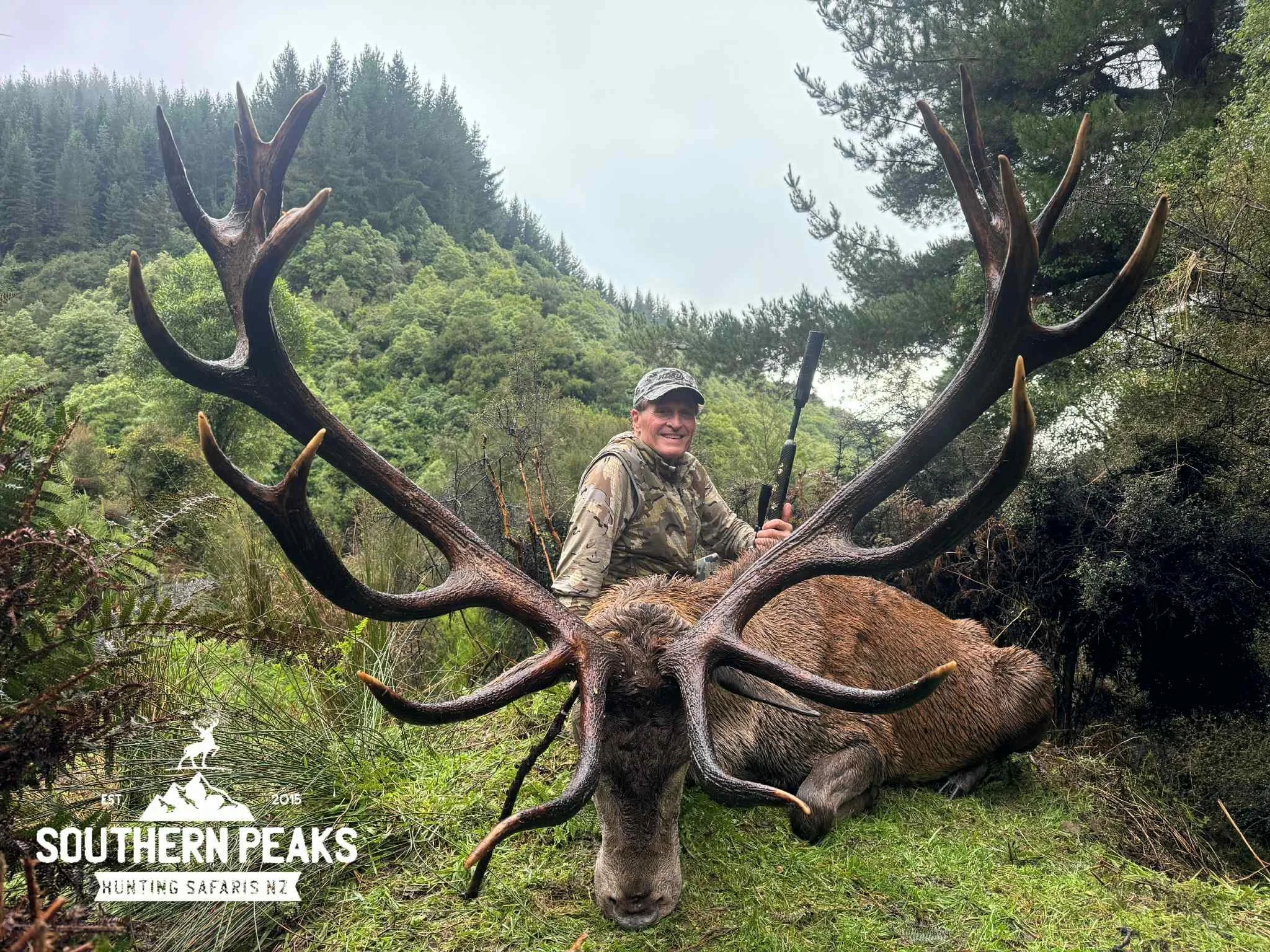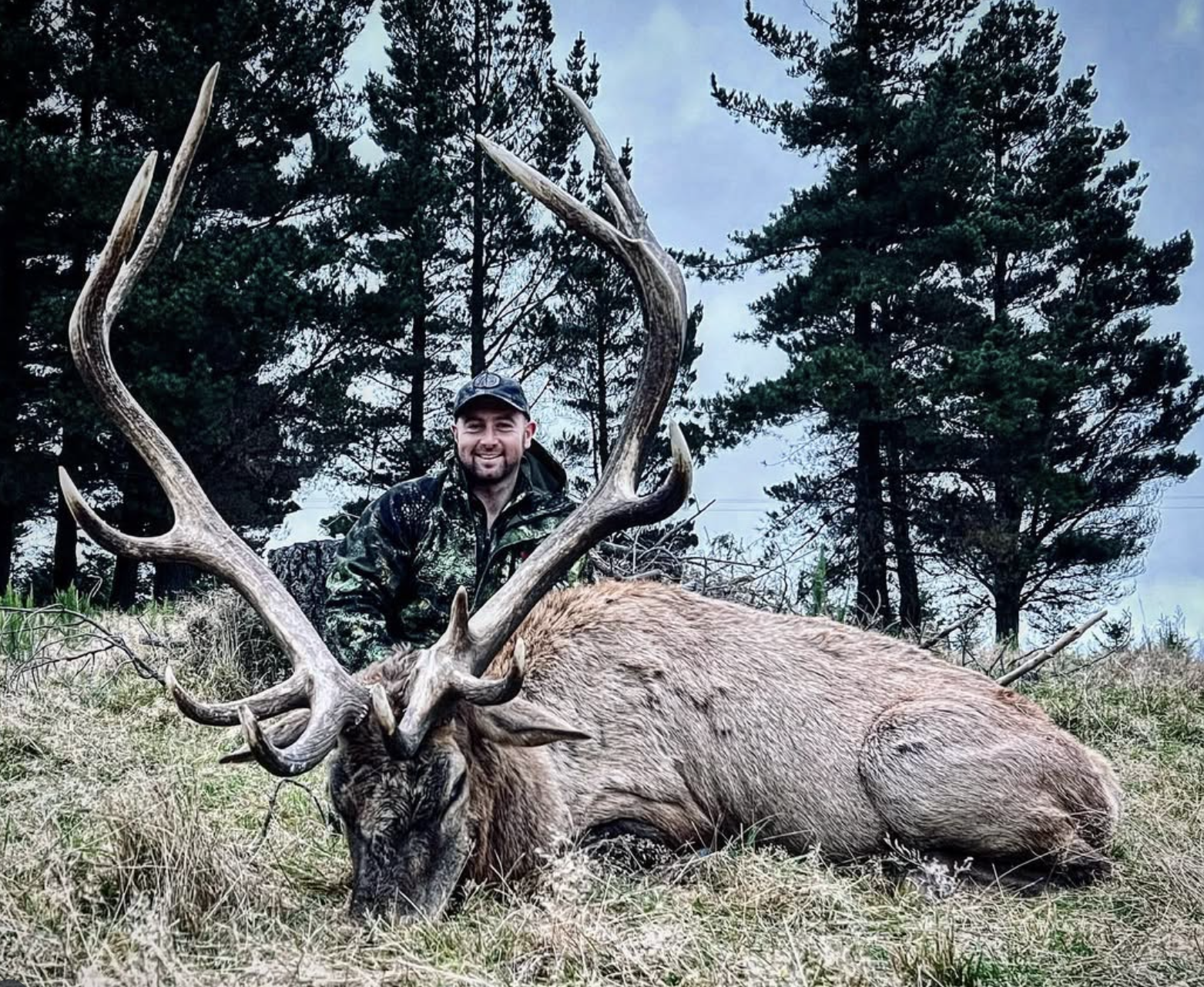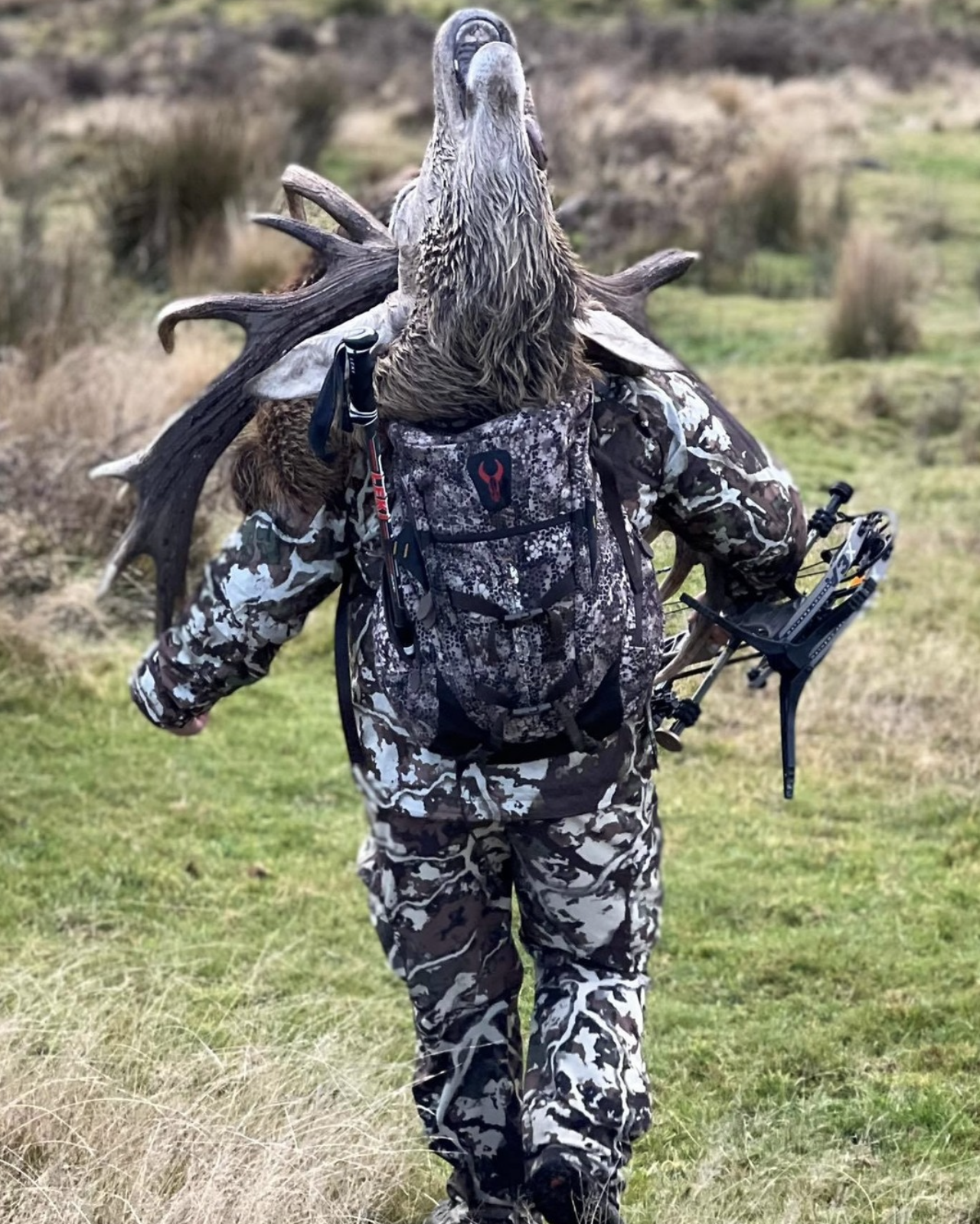Hunting New Zealand
The introduction of big game animals to New Zealand began in the mid-19th century, when European settlers, seeking to recreate the sporting traditions of their homelands, imported species such as red deer, fallow deer, sika deer, wapiti (elk), Himalayan tahr, chamois, and wild pigs. These animals were released into the wild across both the North and South Islands, where they quickly established self-sustaining populations, particularly thriving in remote alpine and forested regions. With few natural predators and abundant food, their numbers grew rapidly, leading to significant ecological impacts, including damage to native vegetation and threats to native bird habitats.
Over time, the sport of hunting these animals became deeply embedded in New Zealand’s outdoor culture. What began as an elite pastime transformed into a widely accessible recreational activity, with generations of Kiwi hunters heading into the backcountry for both sport and sustenance. Big game hunting in New Zealand is now a blend of tradition, adventure, and conservation, attracting local hunters as well as international visitors drawn by the country's rugged landscapes and unique free-range hunting opportunities. Government agencies, such as the Department of Conservation (DOC), work alongside hunters to manage populations through culling programs and regulated hunting seasons. In this way, hunting serves not only as a sport but also as a critical tool for biodiversity preservation and land management.







